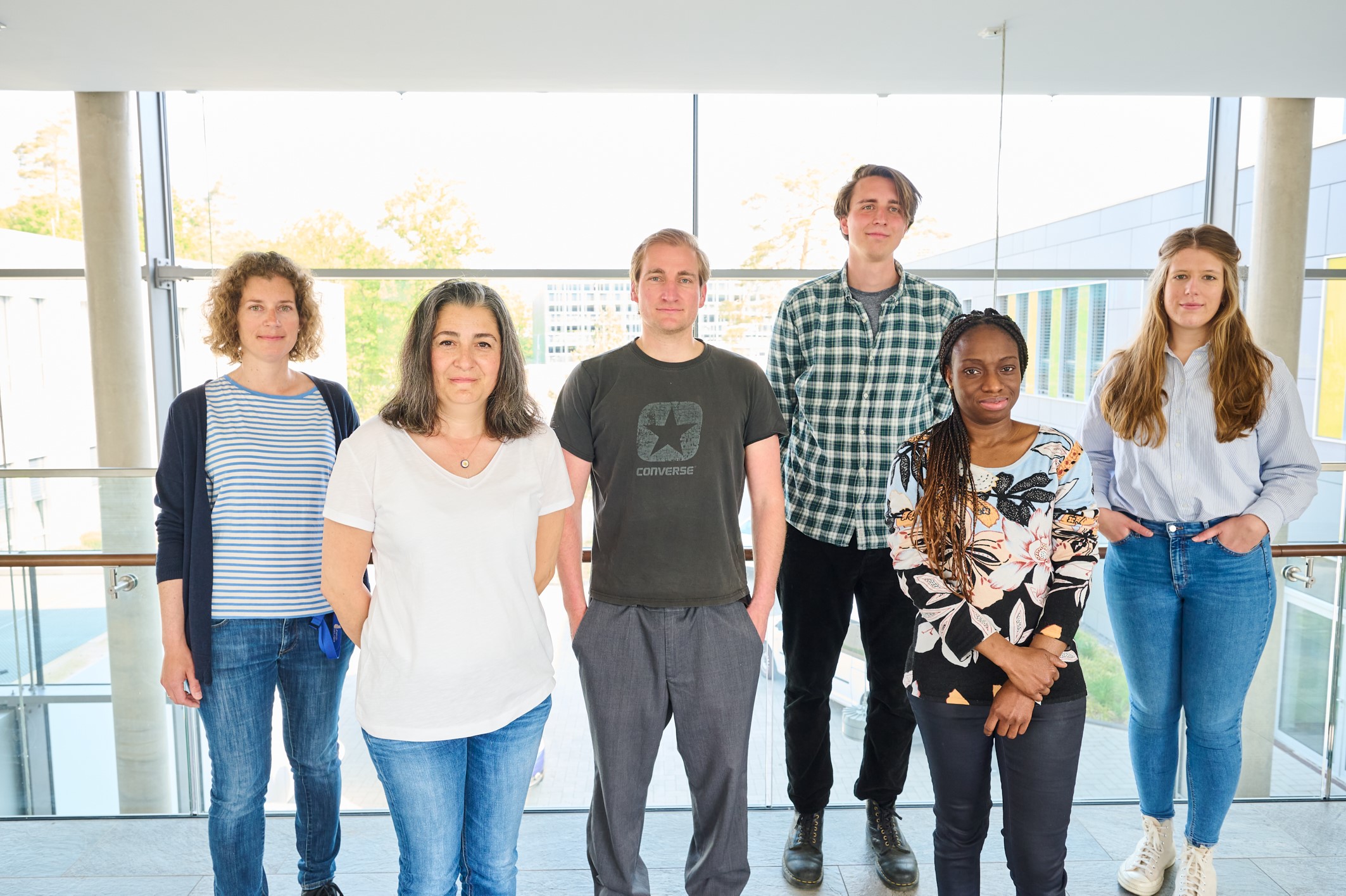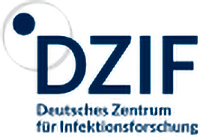
Dr. Manuel Ritter
manuel.ritter @ ukb.uni-bonn.de
+49 (0)228 287 - 11453
More than 100 million people worldwide are infected with filariae such as Wuchereria bancrofti, Onchocerca volvulus, Mansonella spp. and Loa loa. In our group, we use the filarial mouse model Litomosoides sigmodontis to analyse filarial-specific immune responses and signalling mechanisms. Furthermore, several collaboration projects with African partners (e.g., Cameroon, Ghana and Togo) enables us to study the epidemiology, immunology and course of human filarial infections and their effect on concomitant diseases such as tuberculosis or HIV. In addition, we aim to address open questions about the origin and immunology of the non-filarial-induced geochemical disease called podoconiosis.
In summary, our work, especially the German-African cooperation projects, provides a platform for combating poverty-related diseases and makes it possible to meet the challenges of the "sustainable developmental goals (SGD)" adopted by all United Nations Member States in 2015. In particular, Goal 1 "Quality and Education", which aims to achieve sustainable development and thus improve the quality of life, and Goal 3 "Good Health and Well-Being", which aims to combat tuberculosis and neglected tropical diseases, are being tackled.
Main Research Focus:
- Immunology of filarial infections using the murine model of filariasis Litomosoides sigmodontis
- Epidemiology and immunology of human filarial infection, especially Mansonella perstans, Loa loa and Wuchereria bancrofti
- Influence of filariae on concomitant infections like tuberculosis
- Origin and immunology of the non-filarial related geochemical disease podoconiosis
Funding:
Deutsche Forschungsgemeinschaft (DFG) – German-African Projects in Infectiology
- MAP-TB: Helminth effects on BCG vaccine-induced protection against childhood tuberculosis (TB) as well as TB disease severity and recovery in Ghana and Cameroon
- MARAG: Mansonella perstans in vitro culture system and RAG2IL-2Rg-deficient C57BL/6 mouse model of filariasis: Novel approaches to elucidate Mansonella perstans biology and potential treatment strategies (Mouse model of M. perstans)
- RHINO: Dissecting the effects of filarial-associated immune system modulation on HIV susceptibility
- GSAT: How parasitic helminth infections alter immunity in the female reproductive tract and control of sexually transmitted infections.
- BONTO: Anti‐inflammatory and anti‐filarial properties of medicinal plants: Modulation of inflammatory Th17 cell responses by Togolese medicinal plant extracts
University of Bonn - Global Collaboration Fund
Federal Ministry of Education and Research (Bundesministerium für Bildung und Forschung (BMBF)) –
- Tackling the Obstacles to Fight Filariasis and Podoconiasis (TAKeOFF)
Team Members:

©UKB /J. F. Saba

Dr. rer. nat.Katrin Arndts
Postdoctoral fellow,
Tel: 0228 287 11387
©UKB /J. F. Saba

Özlem Mutluer
Biology lab technician
Tel: 0228-287 11954

M.Sc. Lisa Marie Wadephul
PhD student
Tel: 0228 287 16312
©UKB /J. F. Saba

M.Sc. Alexander Palmen
Ph.D. student
©UKB /J. F. Saba


